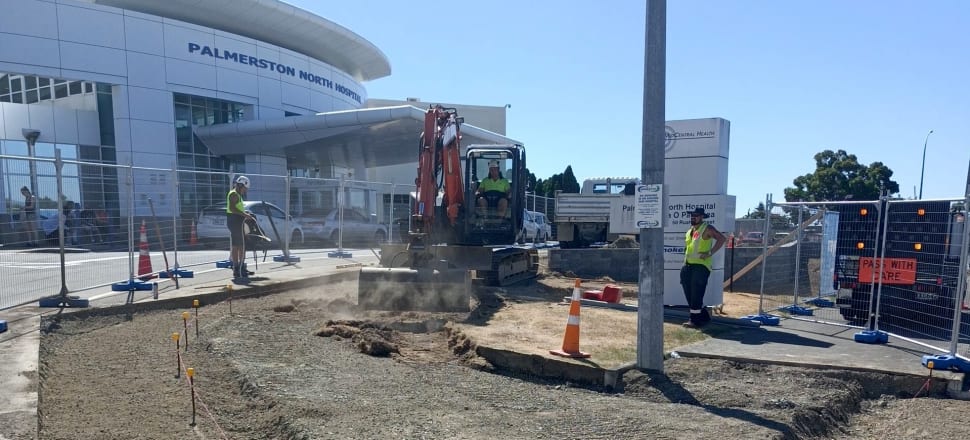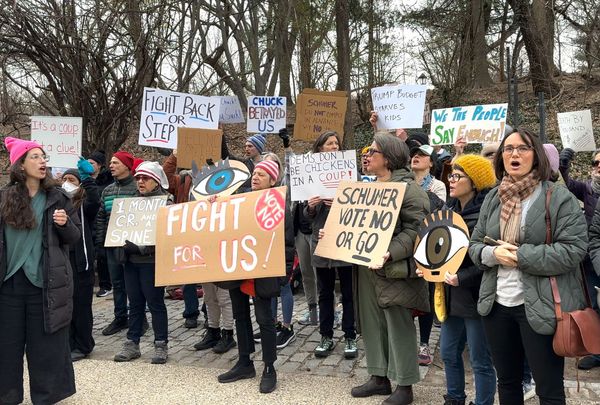
Local leaders ask that Te Whatu Ora delivers the health infrastructure investment they say their communities need
When one of Grant Smith's family members was taken by ambulance to Palmerston North hospital last month, he feared the worst. "It was pretty serious."
The mayor of Palmerston North says he's heard bad stories about the hospital emergency department – sick and injured kids competing for care with gang members – but he was blown away by the support he and his family got.
"I actually wrote to them afterwards and just said, you know, despite all the issues of wards being uncompleted and nurses being run off their feet, the service and healthcare was amazing."
READ MORE: * Mayors head to Beehive in fight for hospital infrastructure funding * Rob Campbell: New chair must fix clumsy and poorly delivered Health NZ super-agency
In an interview with Newsroom, Te Whatu Ora's chief infrastructure and investment officer, Jeremy Holman, discloses the big new health agency will be running a fine-tooth comb over the planned investment in three regional hospitals – Hawkes Bay, Palmerston North and Tauranga.
That's unnerved local leaders. Smith says he's open to a conversation about how the capital is divvied up between the Palmerston North hospital and community clinics, but the city desperately needs investment in health infrastructure.
Last year, former Te Whatu Ora chair Rob Campbell told Newsroom that the health agency would look to shift capital investment from large hospitals to primary care clinics, where it hadn't fully committed to the hospital construction projects. "The costs have escalated, while our future planning will be different to that in the past, most obviously by a higher proportion of healthcare delivered outside of large hospitals," he said. "There are many proposals at various stages of development which may not pass the tests."
"Hawkes Bay Hospital is absolutely in need of a redevelopment... We are a city of nearly 70,000 and the current service level we receive is unacceptable." – Kirsten Wise, Napier mayor
Campbell has gone, in unfortunate circumstances, but his work continues. Holman says he'll be drafting an infrastructure investment plan for Cabinet to consider before Christmas. (Who will be sitting around the Cabinet table by then is an open question.)
Anne Tolley is the commission chair for Tauranga City Council, in the absence of an elected mayor and council. "Tauranga is New Zealand’s fastest-growing city, with a current population of 162,000," she says, "which emphasises that we need both improvements in primary healthcare, and a hospital which is safe – that is, seismically sound – with sufficient capacity for our city and the wider Bay of Plenty.
"This is not an either/or situation, but rather investment in all areas to provide an adequate and appropriate health service for the community. Yes – we need the hospital to be redeveloped or a new one built. The current hospital has significant seismic constraints and has insufficient capacity now, particularly in the emergency department and theatre areas, and clearly will have insufficient capacity in the future, given our current and projected growth rates.
"We also support better primary care, bringing access to health services closer to the community and enabling non-acute matters to be addressed quickly and effectively."

Napier mayor Kirsten Wise says Hawkes Bay Hospital is "absolutely" in need of a redevelopment – whether that is a greenfield site or refurbishment on the existing site.
"Napier doesn’t need its own hospital, but definitely needs better access to emergency care and primary healthcare," she says. "We are a city of nearly 70,000 and the current service level we receive is unacceptable."
News of the rethink on the hospital rebuilds come amid scrutiny of problems at Hawkes Bay Hospital. A damning health services report, completed in April, found patients had been harmed by "unsafe" and inefficient radiology medical imaging services, which had been that way for years.
Holman tells Newsroom: "All business cases submitted for approval, including as part of the Regional Hospital Redevelopment Programme, include advice on the services that will be supported by the planned infrastructure. This would include radiology, if applicable to the project."
Te Whatu Ora's executive has to start going through the prioritisation process, for the five hospitals in the Regional Hospital Redevelopment Programme. "We've got Nelson and Whangārei hospitals under way. Then, we're still working our way through the various bits of understanding the business case, what's the need, etc, etc, for those three others.
"Whether things change after is both a prioritisation issue and, I suppose, it becomes a political issue to some extent, as well as what the board and others want. We are having a good look at those, because the DHBs have done some really good work on them, but they were thinking in the context of their DHB, not thinking nationally."
He says that out of the health capital envelope, there are 110 projects worth about $7 billion of capital spend. The management of the three former DHBs have been "highly supportive" of the review, he says, because they can see the bigger regional picture, and that Te Whatu Ora can help them with their planning and cost efficiencies.
"I don't want to try and build three or four hospitals all at once, at the same time, because the industry and contractors' capacity, these days, is not necessarily there. So this is the other reason to do the infrastructure plan and to work with industry on it, to try and phase them all the way through. The ability to learn from one, the ability to take designs from one and then reuse, reuse, reuse, will give us that consistency in design.
"Yes, we might have to adjust them for seismic, cultural or climatic challenges, but broadly, let's not reinvent the wheel for each one."
Holman isn't concerned about the uncertainty swirling around a potential change in government. "The vast majority of work that we're doing has been in train at the DHBs for quite some time. So I'm not anticipating any major changes in the volume of work. I think people know health needs to focus from that side of it, so I'm not anticipating any particular change."







